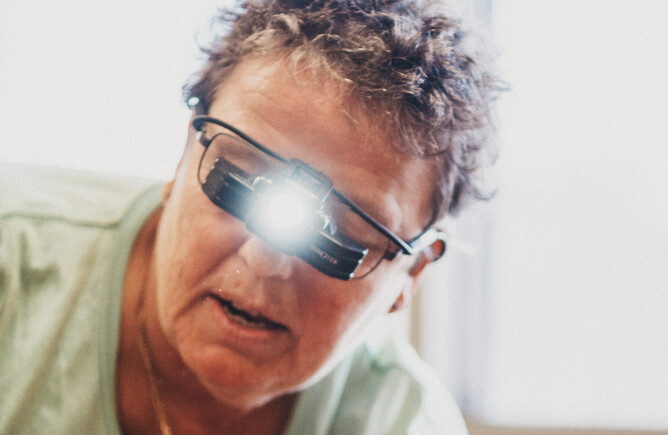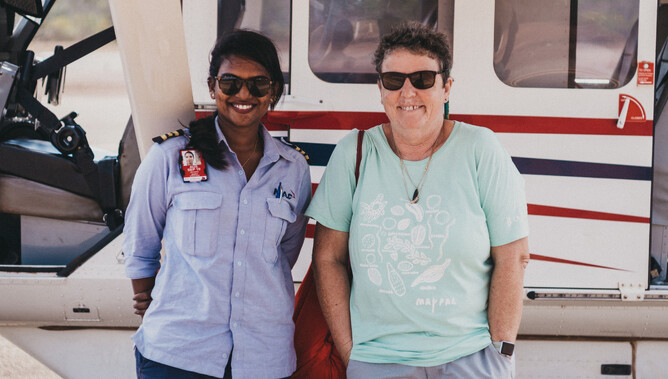From the very beginning, the vision of the Menzies School of Health Research has been a commitment to examine, understand and improve Indigenous health, including those living in Northern Australia and the tropics.
Thirty four years later, the organisation has four headquarters across Australia, with an influence that spans across the developing countries of the world. Menzies is the global leader in tropical research into life-threatening illnesses.
For the past two years, MAF has helped fly Menzies staff across the Northern Territory of Australia, gathering data and samples from children, including those who suffer from Chronic Suppurative Otitis Media (CSOM) or “Runny Ears”. CSOM is characterised by chronic discharge of pus from the eardrum’s perforated membrane. Studies have shown that the remote areas of Australia have the highest percentage of the CSOM than anywhere else in the world—currently around 15% of the remote Northern Territory Aboriginal children. Without aggressive treatment, these children will eventually suffer from hearing loss, which will have long-term negative implications on their education and social behaviour.
One mother said, “It is hard to fix, them runny ears. We want to try the medicines and ear washes—anything to help the kids ears get better.”
Jacophin Singh is a pilot in the Arnhem Land programme, who after completing her Commercial Pilot’s Licence course felt led by God to use her aviation skills to serve people. In 2016, she joined MAF as a mission pilot and has proved to be a continued pillar of inspiration to many young indigenous women in Arnhem Land. On one of her recent flights, her lady passengers asked if they could take a selfie with her. "You inspire us, yapa1. That's why we want a picture with you," they said.
On this particular day Jacophin was flying Debbie Taylor-Thompson, a Menzies’ Project Coordinator. The long, scenic flight to Numbulwar was uneventful and took just over an hour. Debbie had made prior arrangements with the clinic in Numbulwar to use its facilities for her work. She had also arranged for a pickup from the airport since the community was a few kilometres away.
Once at the clinic, it took Debbie a few minutes to set up her station. An Aboriginal lady walked in with three children. Two of them were her grandchildren and the other her niece. The niece, being the oldest, was the first to be examined, while the youngest was shy and hid behind her grandmother.
With an otoscope (a device used to look into the ears) and a bright light fitted over her spectacles, Debbie started creating a friendly rapport with the children. Soon enough, the sound of children laughing had burst into the sterile corridors of the clinic. After her examinations, she gave the Aboriginal lady some suggestions to care for the children’s ears and collected some samples from the youngest, for the lab. She instantly froze it using the liquid nitrogen that she carried around in a cryogenic container. Debbie had also brought age-appropriate gifts for the children. “It’s the least we can do,” she said. In about 20 minutes from when they first came, the participants had gone home, happy and holding their gifts from Debbie.
MAF’s partnership with similar organisations in Arnhem Land has evolved over the years. We believe our flights today bring transformation tomorrow. Our partnerships help bring down the barriers of isolation that exist in this vast and fascinating land. We see the Yolngu being physically transformed through our valuable partnerships with organisations like the Menzies School of Health Research.

